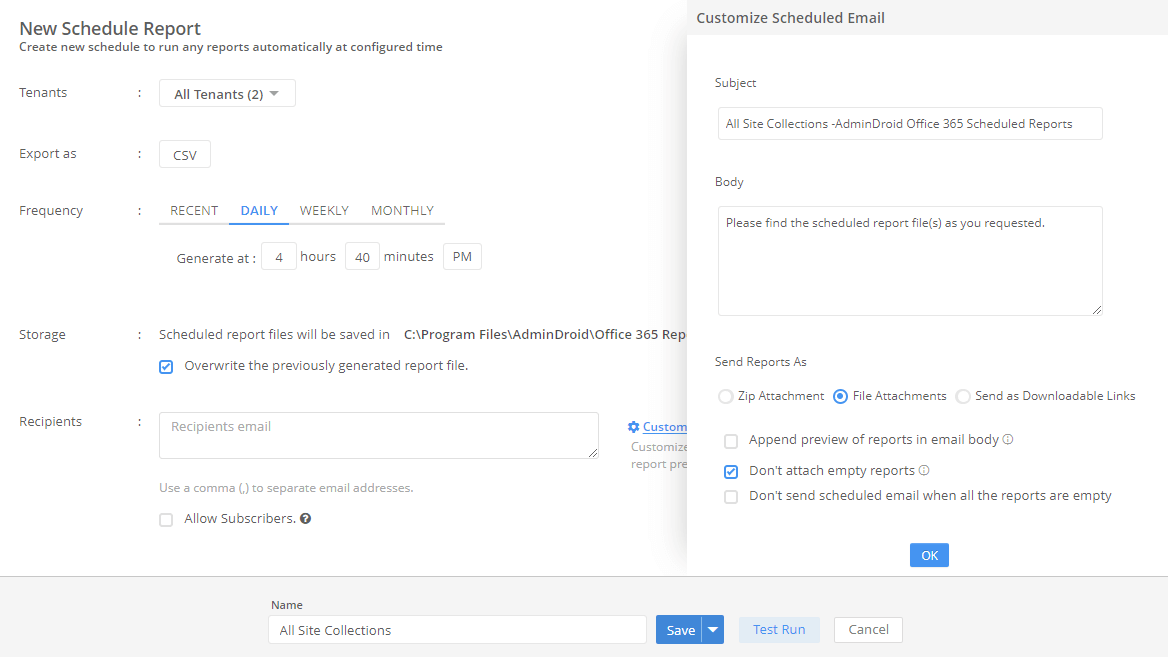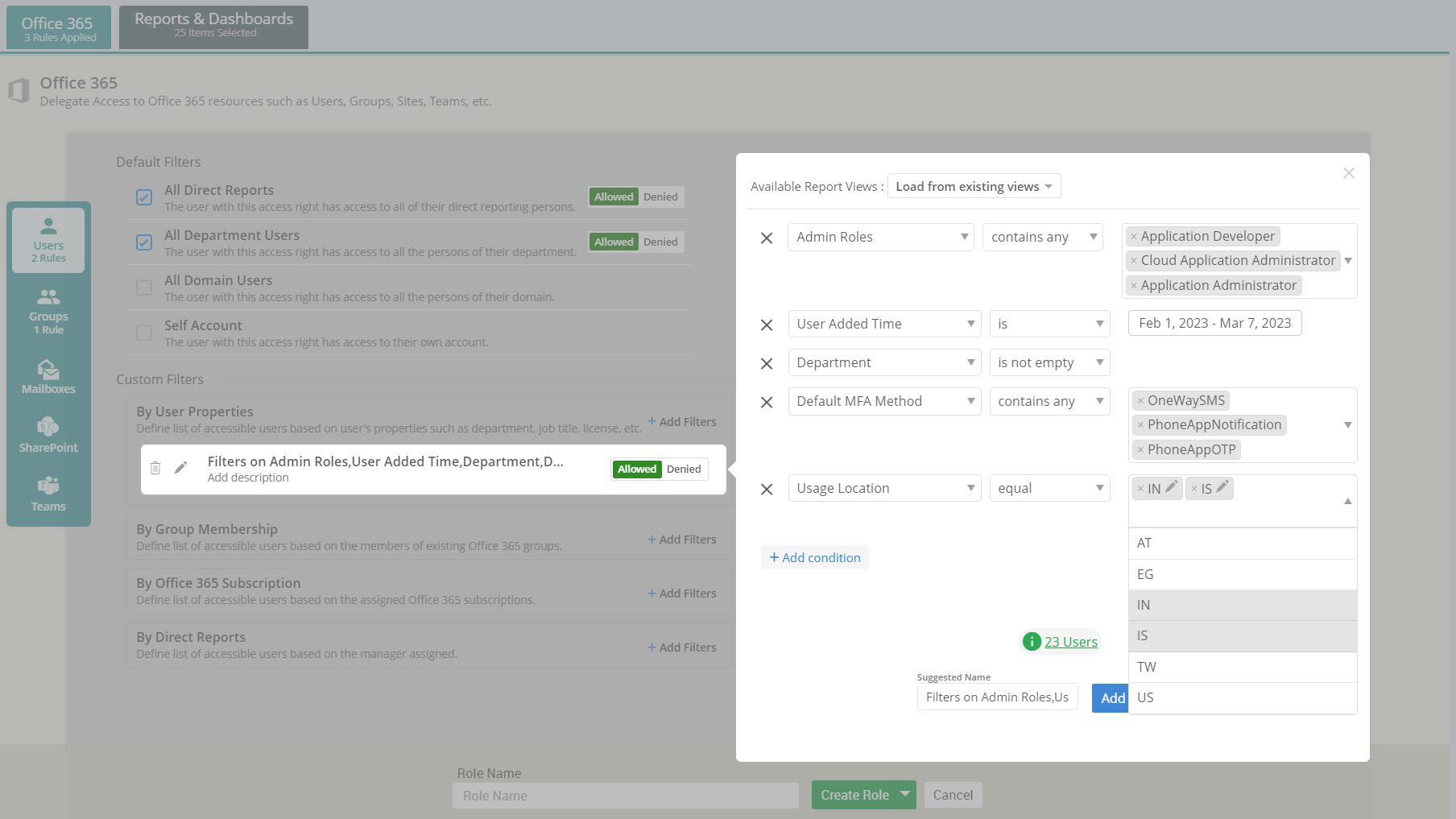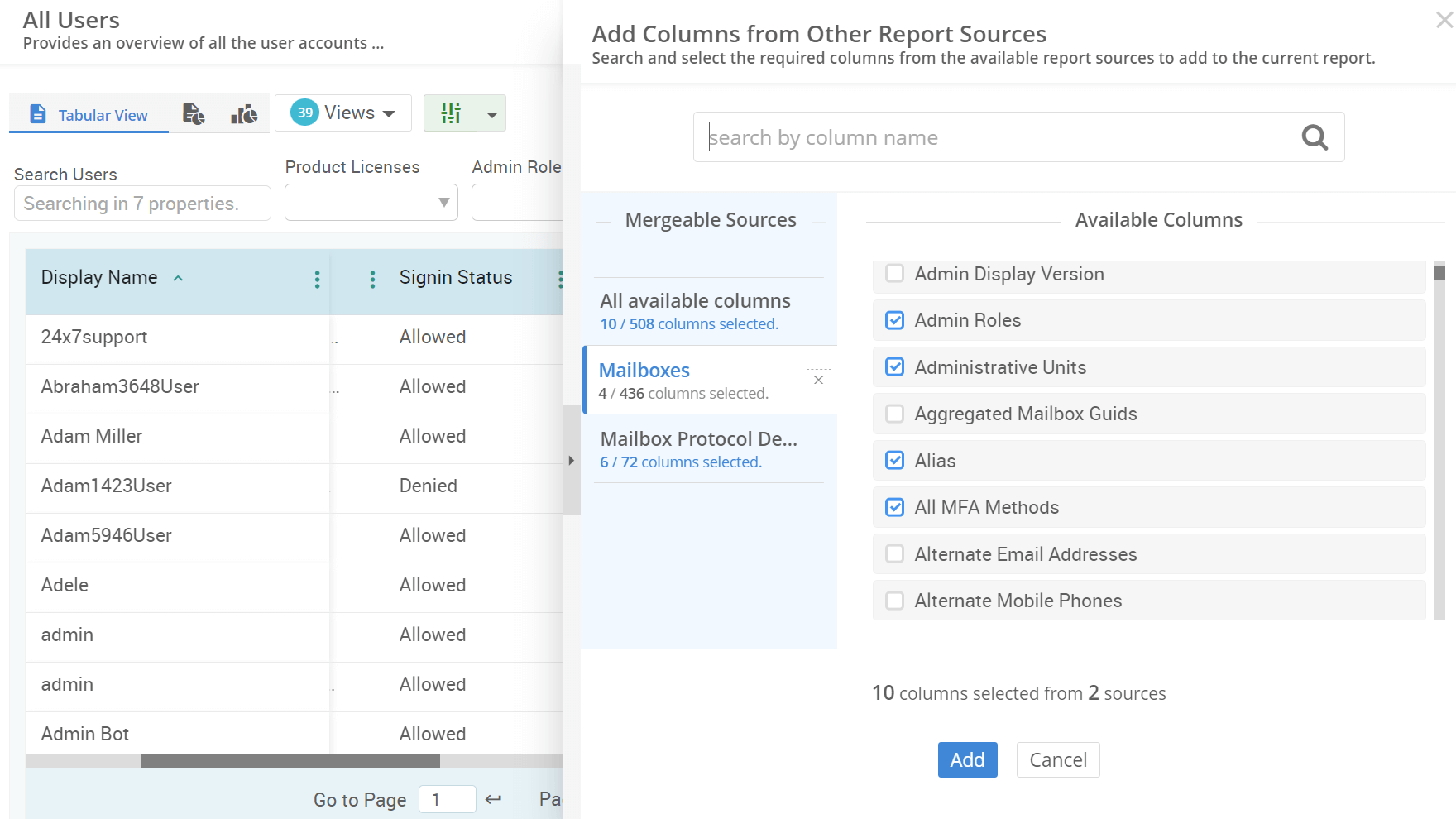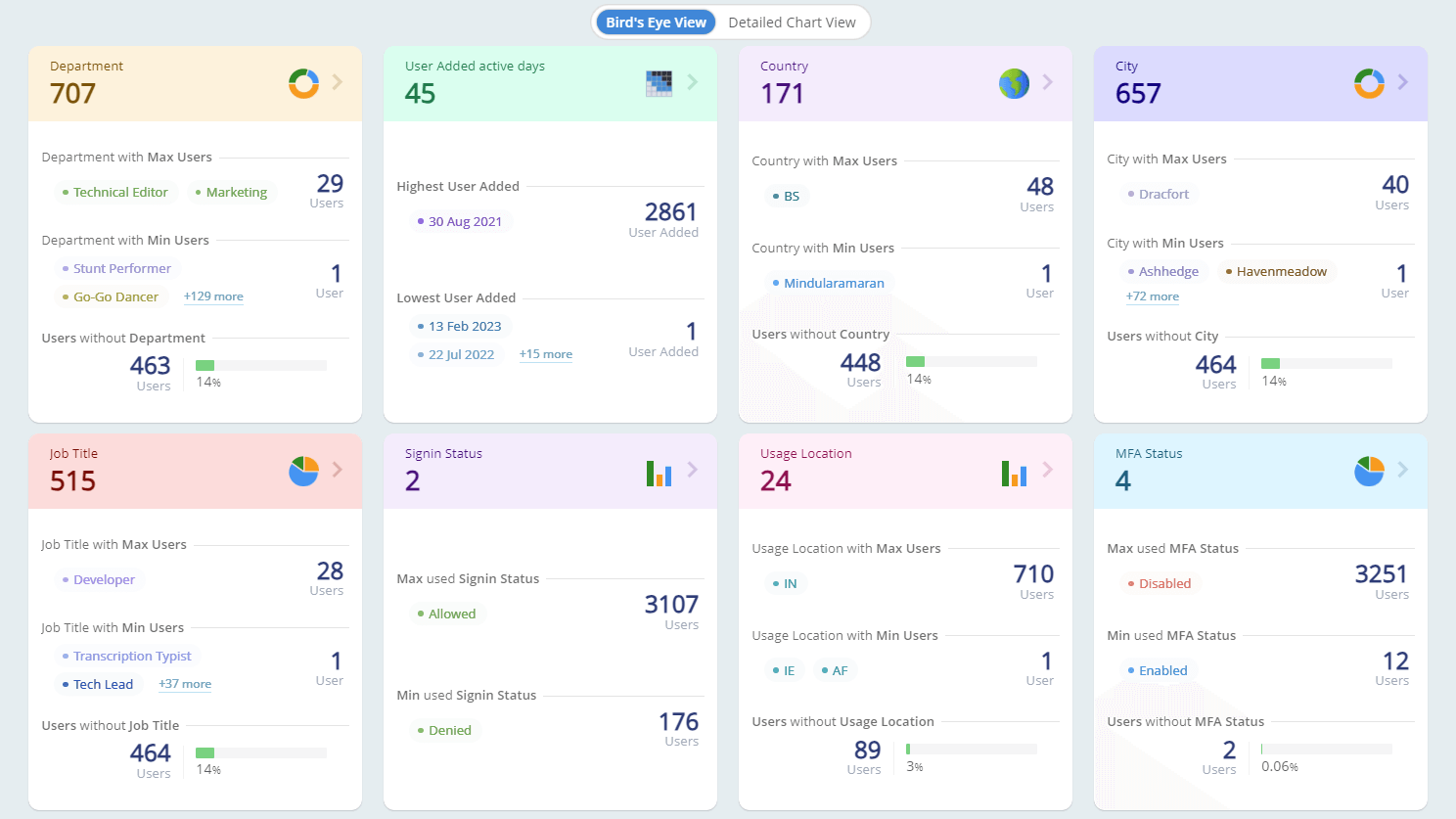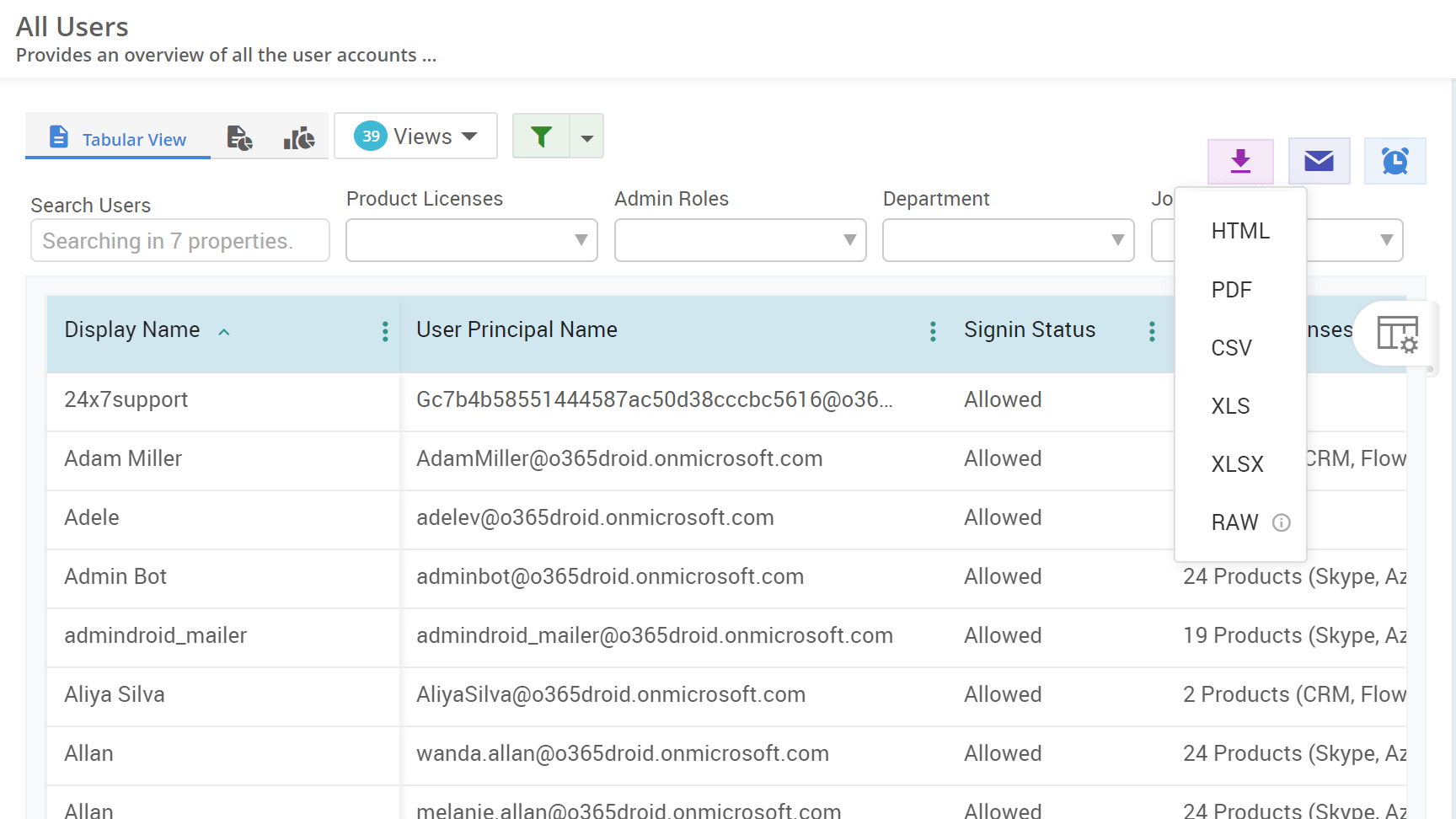How to Export Distribution Groups in Microsoft 365
In today's fast-paced digital world, clear email communication is crucial for any M365 organization. Though distribution groups are useful for sending emails to multiple recipients, managing them becomes a nightmare as business expands. Fortunately, there's a solution! This guide will show you how to export distribution groups as CSV files which can be useful for reporting, backups, migration, and offline audits. With exported data, you can gain valuable insights to manage them securely and streamline your email communication.











